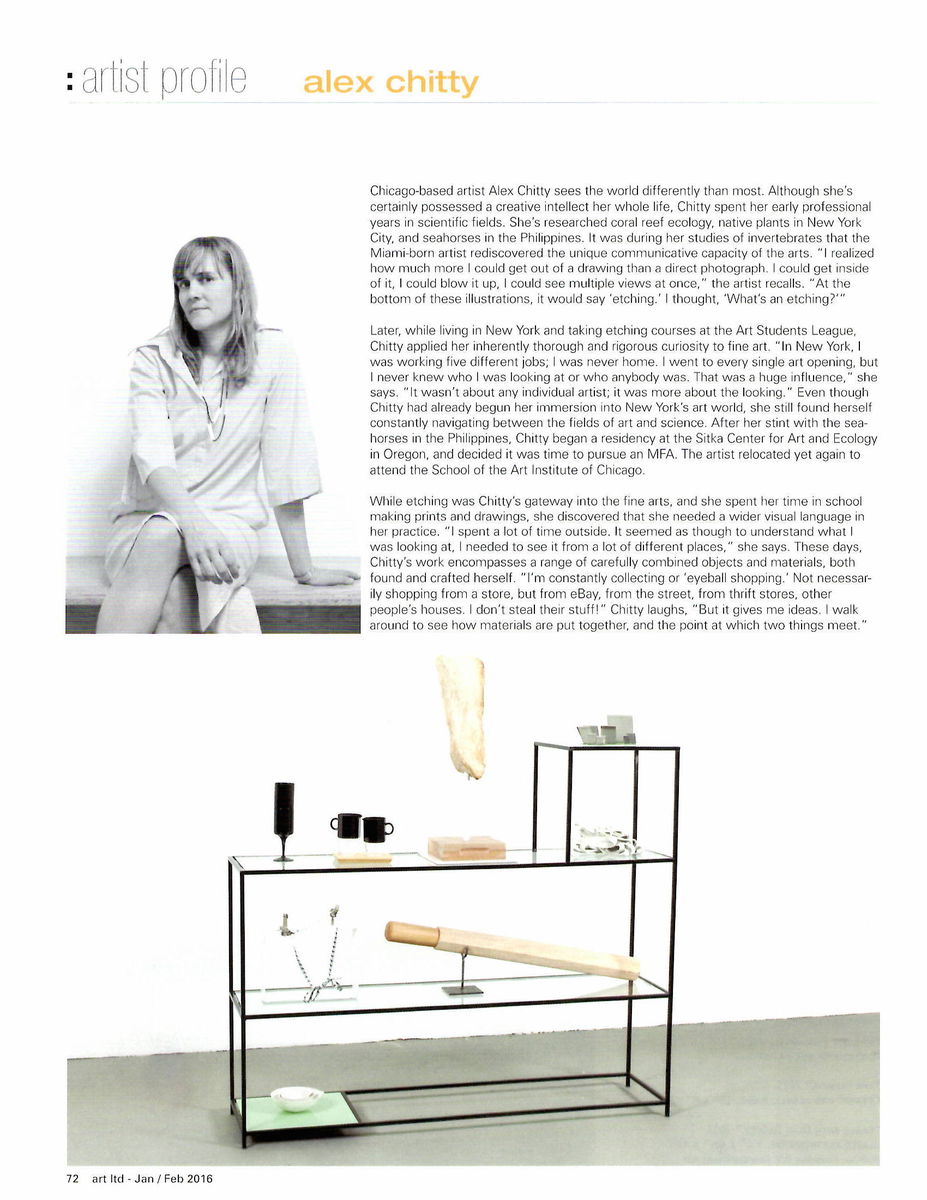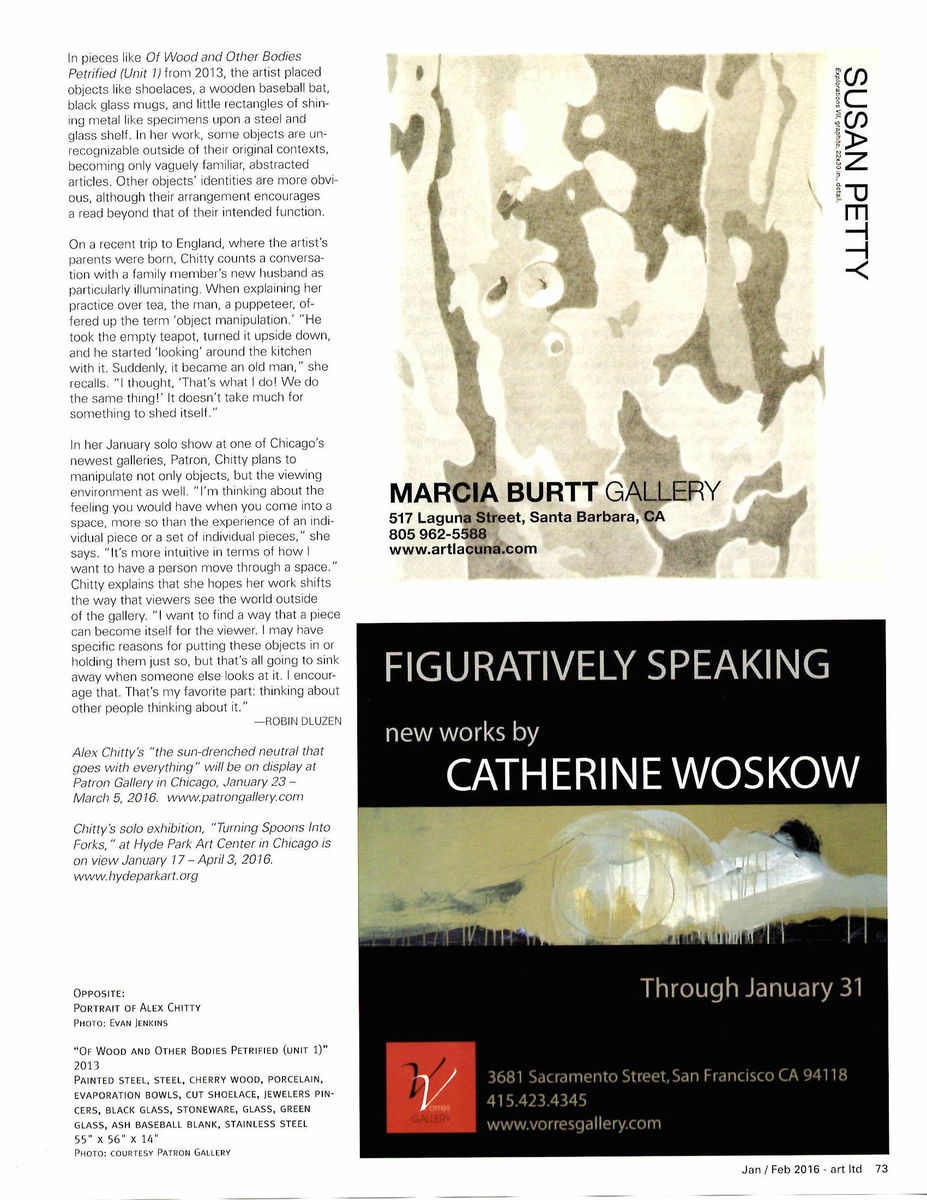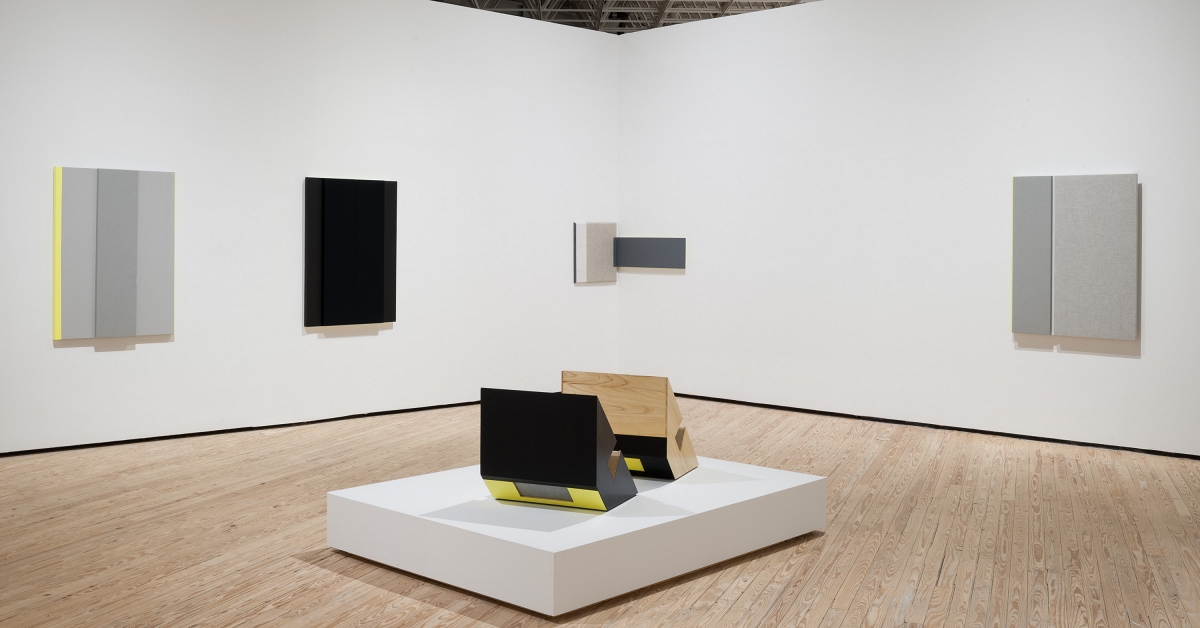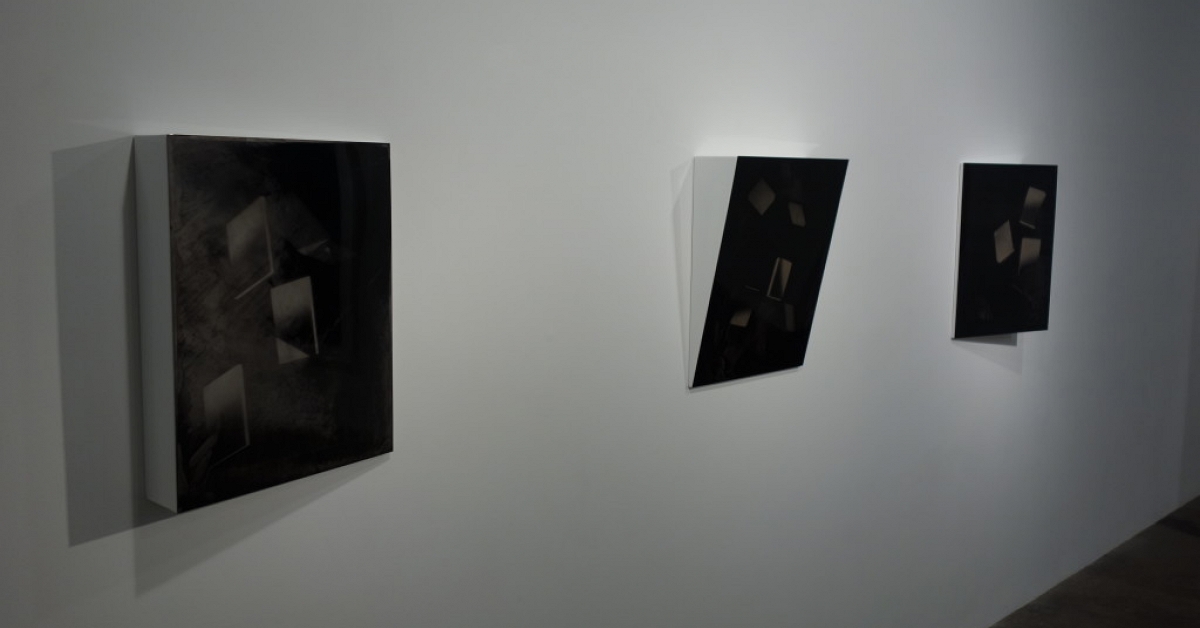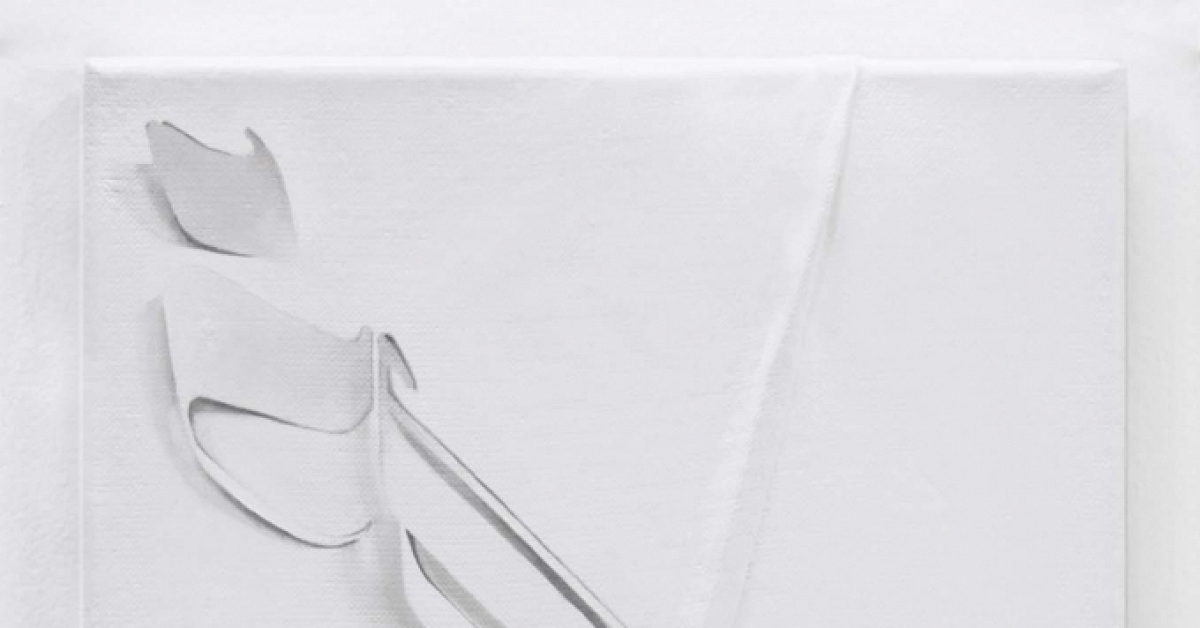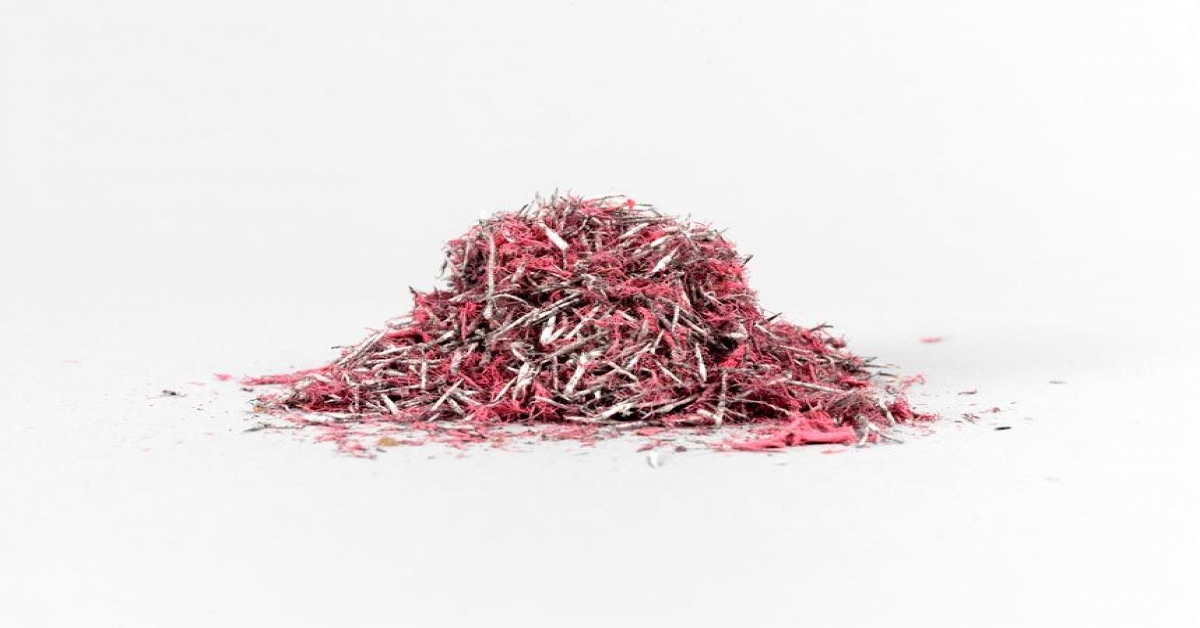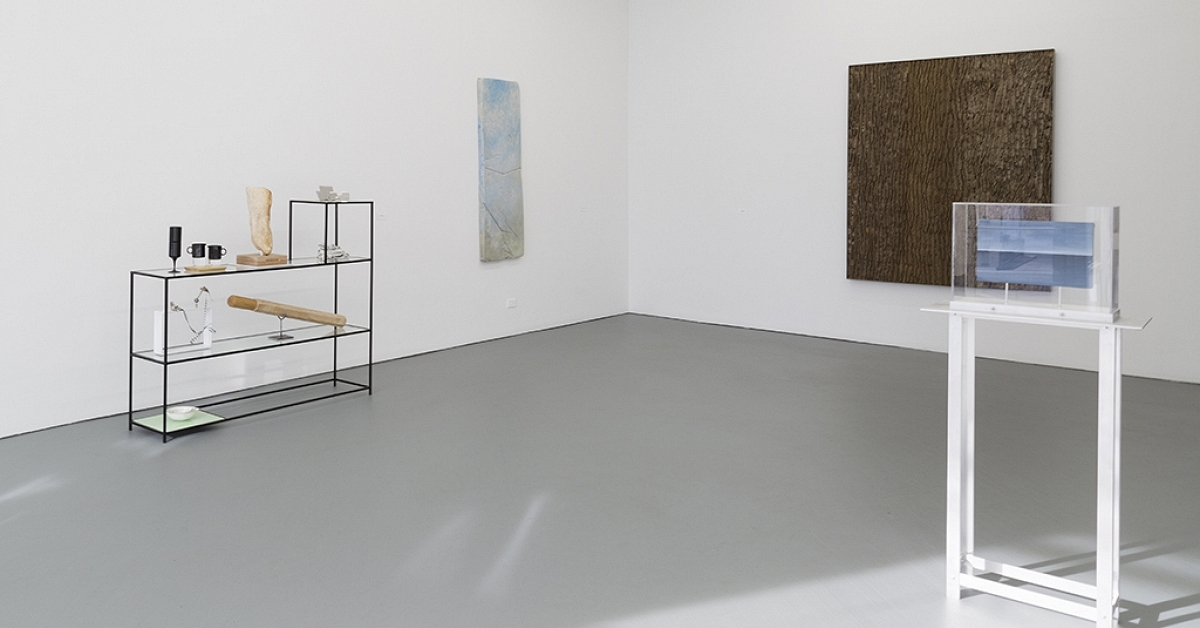Artist Profile: Alex Chitty
Art Ltd. Magazine / Jan 8, 2016 / by Robin Dluzen
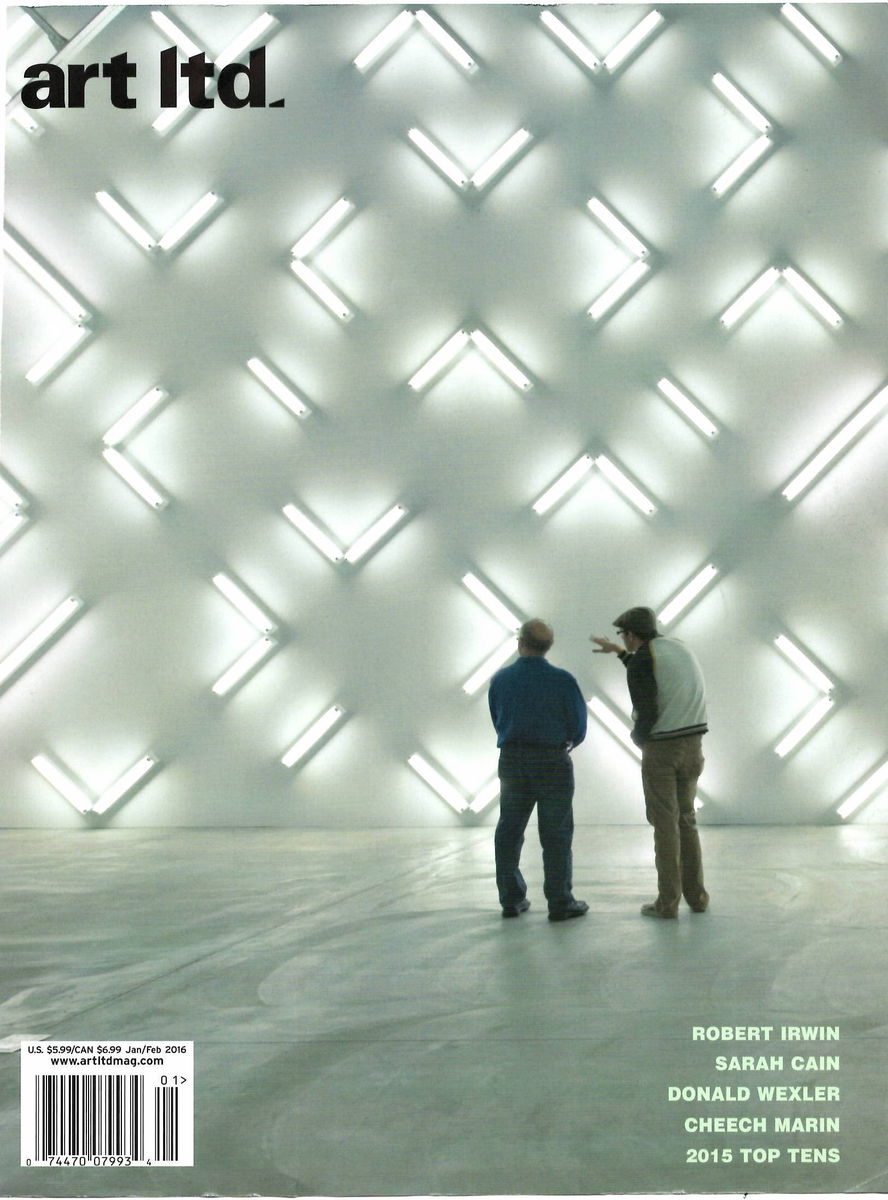
Chicago-based artist Alex Chitty sees the world differently than most. Although she’s certainly possessed a creative intellect her whole life, Chitty spent her early professional years in scientific fields. She’s research coral reef ecology, native plants in New York City, and seahorses in the Philippines. It was during her studies of invertebrates that the Miami-born artist rediscovered the unique communicative capacity of the arts. “I realized how much more I could get out of drawing than a direct photograph. I could get inside of it, I could blow it up, I could see multiple views at once,” the artist recalls. “At the bottom of these illustrations, it would say ‘etching.’ I thought, ‘What’s an etching?’”
Later, while living in New York and taking etching courses at the Art Students League, Chitty applied her inherently thorough and rigorous curiosity to fine art. “In New York, I was working five different jobs; I was never home. I went to every single art opening, but I never knew who I was looking at or who anyone was. That was a huge influence,” she says. “It wasn’t about any individual artist; it was more about the looking.” Even though Chitty had already begun her immersion into New York’s art world, she still found herself constantly navigating between the fields of art and science. After her stint with the seahorses in the Philippines, Chitty began a residency at the Sitka Center for Art and Ecology in Oregon, and decided it was time to pursue an MFA. The artist relocated yet again to attend the School of the Art Institute of Chicago.
While etching was Chitty’s gateway into the fine arts, she spent her time in school making prints and drawings, she discovered that she needed a wider visual language in her practice. “I spent a lot of time outside. It seemed as though to understand what I was looking at, I needed to see it from a lot of different places,” she says. These days, Chitty’s work encompasses a range of carefully combined objects and materials, both found and crafted by herself. “I’m constantly collecting or ‘eyeball shopping.’ Not necessarily shopping from a store, but from eBay, from the street, from thrift stores, other people’s houses. I don’t steal their stuff!” Chitty laughs, “But it gives me ideas. I walk around to see how materials are put together, and the point at which two things meet.”
In pieces like of Wood and Other Bodies Petrified (Unit 1) from 2013, the artist placed objects like shoelaces, a wooden baseball bat, black glass mugs, and little rectangles of shining metal like specimens upon a steel and glass shelf. In her work, some objects are unrecognizable outside of their original contexts, becoming only vaguely familiar, abstracted articles. Other objects’ identities are more obvious, although their arrangement encourages a read beyond that of their intended function.
On a recent trip to England, where the artist’s parents were born, Chitty counts a conversation with a family member’s new husband as particularly illuminating. When explaining her practice over tea, the man, a puppeteer offered up the term ‘object manipulation.’ “He took the empty teapot, turned it upside down, and started ‘looking’ around the kitchen with it. Suddenly, it became an old man,” she recalls. “Thought, ‘That’s what I do! We do the same thing!’ It doesn’t take much for something to shed itself.”
In her January solo show at one of Chicago’s newest galleries, Patron, Chitty plans to manipulate not only objects, but the viewing environment as well. “I’m thinking about the feeling you would have when you come into a space, more so than the experience of an individual piece or set of individual piece,” she says. “It’s more intuitive in terms of how I want to have a person move through a space.” Chitty explains that she hopes her work shifts the way that viewers see the world outside of the gallery. “I want to find a way that a piece can become itself for the viewer. I may have specific reasons for putting these objects in or holding them just so, but that’s all going to sink away when someone else looks at it. I encourage that. That’s my favorite part: thinking about other people thinking about it.”
